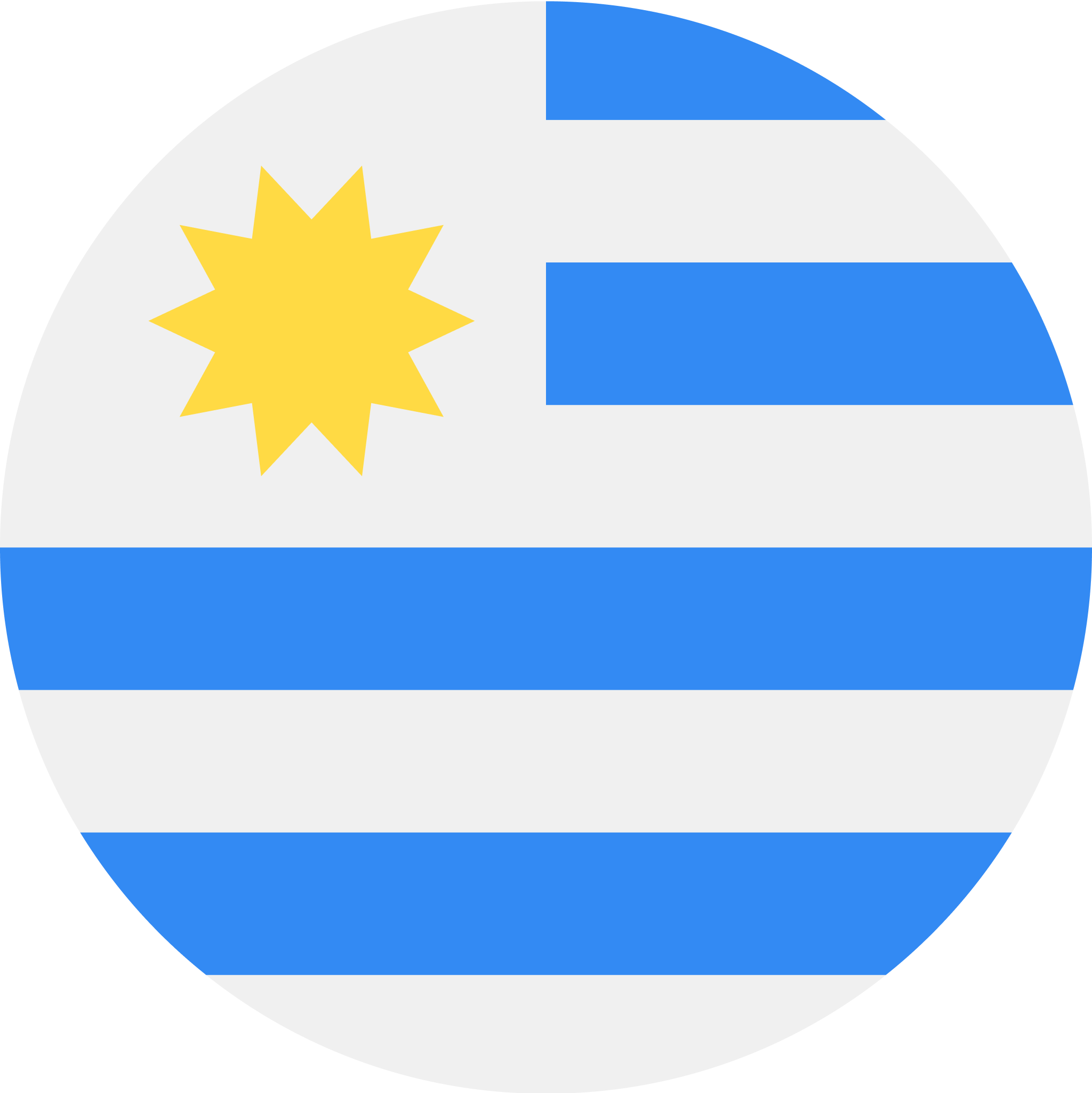The minimum wage in Australia is AU$24.10 per hour (US$15.57), which equates to $915.90 (US$591.66) in gross wages for a standard 38-hour work week. The Fair Work Ombudsman re-evaluates the minimum wage annually, with each update taking effect on July 1st.
While the minimum wage in Australia applies universally to all citizens, Australian labor laws also include variances for occupations, skill levels, and a few area-specific exceptions.
Understanding these differences is critical for employers expanding their cross-border teams into Australia. Our team compiled this report detailing these variances to give business owners an overview of the factors that can affect the hiring process when sourcing global talent.
Variances
The minimum wage in Australia falls into two main categories of pay variances:
- The first (and largest) differentiates the minimum wage according to profession, which breaks down into further subcategories by industry, skill level, and specific company roles.
- The second involves a few area-specific exemptions for parts of Western Australia.
To simplify things, the Australian government provides a free wage calculator to help businesses determine specific wages for individual employees. Employers should be careful to verify all amounts listed on wage offers, as intentionally underpaying an employee is now a criminal offense in Australia as of January 1st, 2025.
Occupational Awards
In addition to the national minimum wage, different occupations are entitled to extra modern awards, which can result in differing totals for various jobs.
The table below lists several examples from prominent fields of employment:
It’s worth noting that several of these industries (e.g., healthcare and education) also include minimum wages for trained professionals. These occupations often pay more than the minimum listed amounts (for reference, the average income in Australia is between $1,923.40 and $1,698.40 per week). In many instances, the minimum wage in Australia makes up only the base of an employee’s total wages.
Western Australia
Although it applies to only a small percentage of the workforce, public sector employees and those working for unincorporated businesses in Western Australia (map at right) are covered by the WA Industrial Relations Commission, resulting in different rates.
These employees enjoy a slightly higher minimum wage of $24.17 per hour compared to $24.10 for the rest of the country. The minimum weekly salary for Western Australia totals $916.60 (compared to $915.90).
Workers here have the same casual loading rate as the rest of Australia (25%),; however, the casual hourly wage is $30.22 (compared to $30.13).
One platform to grow your global team
Hire and pay talent globally, the hassle-free way with Skuad.
Talk to an expertSpecialized Wages
In addition to the two primary variances listed earlier, several additional considerations may affect the minimum wage in Australia. The following sections detail each of these factors.
Casual Loading
Separate from part-time or freelance employment, Australia also recognizes “casual employees,” similar to temporary or part-time hires in the US. These are employees who:
- Have no firm commitment to ongoing or regular work
- Work on a shift-by-shift basis
Casual employees can refuse shifts without penalty and are employed at higher rates than full- or part-time employees. Such flexibility, however, comes at the price of employee benefits, like job security or paid leave. In addition, employers have the power to reduce or eliminate a casual employee’s work shifts at any time without penalty.
Regardless of the region an employee works in, the casual loading rate adds an additional 25% of the minimum wage for that sector, including industry-specific awards. This extra payment – on top of the minimum rate – is designed to compensate casual employees for the lack of benefits companies typically extend to permanent employees.
Junior Employees
In Australia, the national living wage of $24.10 applies to all employees age 21 and over. Employees younger than 21 are considered junior employees and earn a certain percentage of the national minimum wage based on age. Junior employee wages break down as follows:
Similar to adult wages, junior wages also feature awards for a few specific industries. For example, a 16-year-old working in retail qualifies for the General Retail Industry Award, which means they make 45% of the adult rate rather than the typical 36.8%.
Similarly, junior employees who serve alcohol earn the full minimum wage in Australia, regardless of age.
Apprentices & Trainees
Australia defines “apprentices” as follows:
Employees who learn their trade or profession while working for an employer under a training contract
Apprentice employee wages begin at lower amounts than the national minimum wage. The exact amount varies, based on
a.) whether the employee is an adult or junior, and
b.) the year of their apprenticeship.
In addition to these wages, apprentices in Australia also qualify for various awards depending on the industry in which they work.
Employees With Disabilities
Disabled employees work under one of two wage systems:
- Standard Minimum Wage: For disabled employees who can perform a role’s functions at the same level as other employees. These employees receive the full national minimum wage in Australia.
- Supported Wage System (SWS): For disabled employees who are unable to perform the duties of their role at the same level as other employees. These employees are subject to a different pay scale based on a government-appointed assessor’s evaluation of their productivity level.
Employees operating under SWS wages receive a percentage of the national minimum wage directly proportionate to the percentage of work they can perform, according to the following rates:
The Minimum Wage in Australia Can Be Complicated, But It Doesn’t Have To Be!
Just use our free employee wage calculator to determine necessary payment
Minimum Wage in Australia Over Time
The minimum wage in Australia has seen steady YoY growth over the last 10 years, as the Australian government re-evaluates and updates it every July. As a result, the chart below only features wage amounts up to 2024, with an expected change occurring again later this year.
Minimum Wage in Australia, 2015-2025

Based on the current trajectory of these increases, the minimum wage in Australia is likely to top AU$25/hr starting in July 2025.
Minimum Wage in Australia, Compared
Australia’s minimum wage remains among the most competitive in the region, trailing just behind New Zealand. In many cases, Australia’s industry awards result in a significantly higher minimum wage.
Minimum Wage in Australia, Compared

*Amounts are converted to USD to maintain consistency across currencies
Business owners should note that a purchasing power parity (PPP) evaluation reveals a higher level of purchasing power in Papua New Guinea and Indonesia than these nominal values suggest due to a lower overall cost of living. That being said, wages in Australia and New Zealand remain the highest in the area.
Hiring With an EOR
Whether you plan to hire for minimum wage in Australia or you’re budgeting for the average income in Australia, employers generally have two options:
- Hire Directly: This typically requires companies to set up a legal entity in Australia, handle all paperwork internally, and assume all legal responsibility (and liability).
- Hire With an Employer of Record (EOR): Signing up with an EOR platform allows you to begin hiring without setting up a local entity and accelerates the process of acquiring global talent.
In addition, an EOR provides business owners with tools and features to help them navigate a business expansion across international borders. These tools target every stage of the employee lifecycle, such as:
The Skuad Platform
The minimum wage in Australia is deceptively complex. For example, while the minimum wage in most of the nation is $24.10, calculating the amount for a disabled (SWS) junior apprentice working in Western Australia requires several additional subtractions and additions – and that’s without considering any additional industry-specific awards.
Such complicating factors prompt most employers to work with an employer of record (EOR) like Skuad to handle the heavy lifting for them. Speak with our team of experts today to see how partnering with Skuad can help you expand your cross-border team.


























.jpg)
.jpg)





